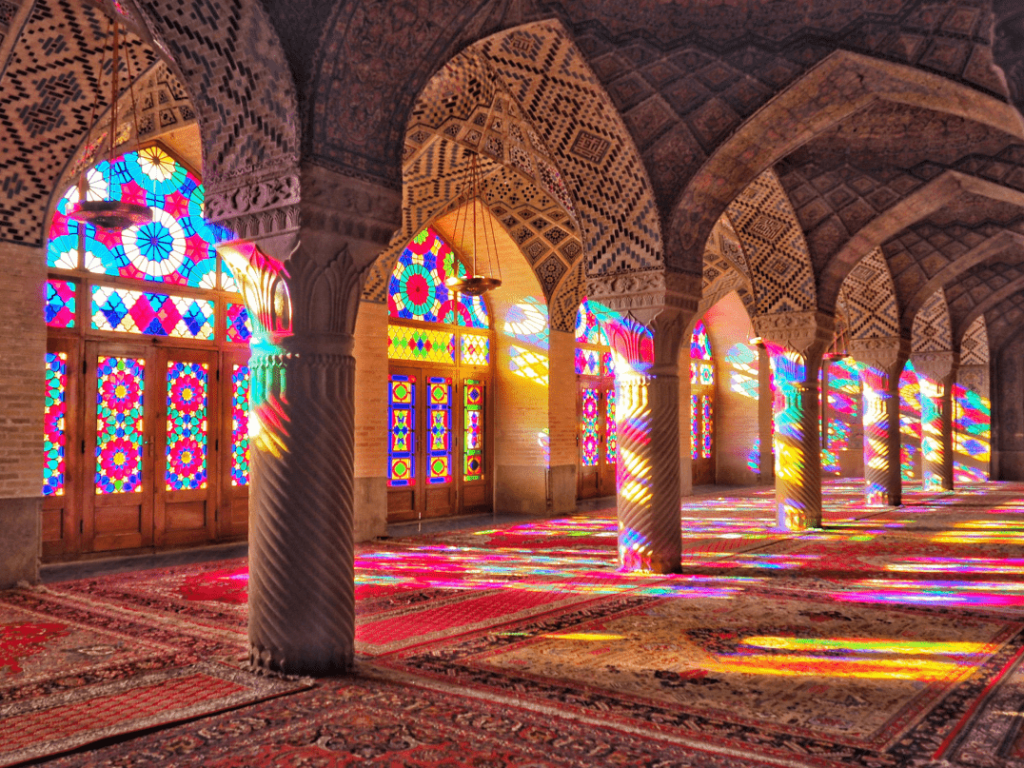Throughout most of the Middle Ages, Islamic luxury glassware was the most sophisticated glass Europe and China were importing. This happened after Islam overtook most of the traditional glass-producing territories of both the Sasanian and Roman Empires. In Pre-Islamic times, figurative decoration played a small part in the making of Arabic glass. So, the change from Persian and Roman glassmaking was not abrupt. As a result, the innovations of Persian glassmakers were starting to show up in the works of Egyptian glassware artists. Thus, it is nearly impossible to distinguish what places made what glass without involving scientific analysis of the material. This is something difficult within itself.
Somewhere between the 8th and 11th centuries, luxury glass gained popularity because of the effects glassmakers made maneuvering the surface of the glass, first through incision, and then later by cutting away the background to create a relief design. Hedwig glasses, named after the Silesian princess St. Hedwig, were made in this manner. However, where exactly these glasses were made is still unclear. Egypt, Iran and Syria are possible sources. If they were not produced there, they are, at the very least, influenced by Islamic glass. These show the influence Muslim glassmakers had on Europe and other parts of the world during the Islamic period. Over a hundred years later, however, the luxury glass industry in Persia and Mesopotamia started to wane. The primary source of luxury glass producers shifted to Egypt and Syria. Later, along with Palestine, started making simpler glassware.
Luster Painting
Luster painting uses a process from the 8th century’s Egypt, and similar techniques for creating lusterware pottery. This entails applying metallic pigments during the process of glassmaking. Later craftsmen added gilded, painted, and enameled glass along with shapes and motifs inspired by other media to their selections. Some of the best examples are in the mosque lamps that Muslim sovereigns donated. However, the downside was that, as the adornments grew more intricate, the quality of the glass decreased. Sometimes it exhibited bubbles or often times turning the glass into a brownish-yellow hue.
After the Mongol invasion of 1260, Aleppo no longer made glass. The industry seems to have just disappeared in Syria after the Timur took skilled artisans as slaves in Samarkand. Finally, by 1400 or so, the Italians were taking in orders for mosque lamps in Venice.
If you enjoyed this article on the art of Islamic glassmaking and would like to learn more about Arab culture or you’d even like to learn Arabic language skills, please visit our website to find out how you can learn to speak Arabic starting today. Studies have shown that Arabic learning apps are the best way to learn Arabic and Arabic dialects and the Kaleela Arabic learning app let’s you learn Arabic language skills on your own, at your own pace, whenever and wherever you want. Visit our website or go to Google Play to find out how you can download our Arabic learning app to your IOS or Android mobile device and start speaking Arabic now.
Kaleela – Learn Arabic the Right Way!




